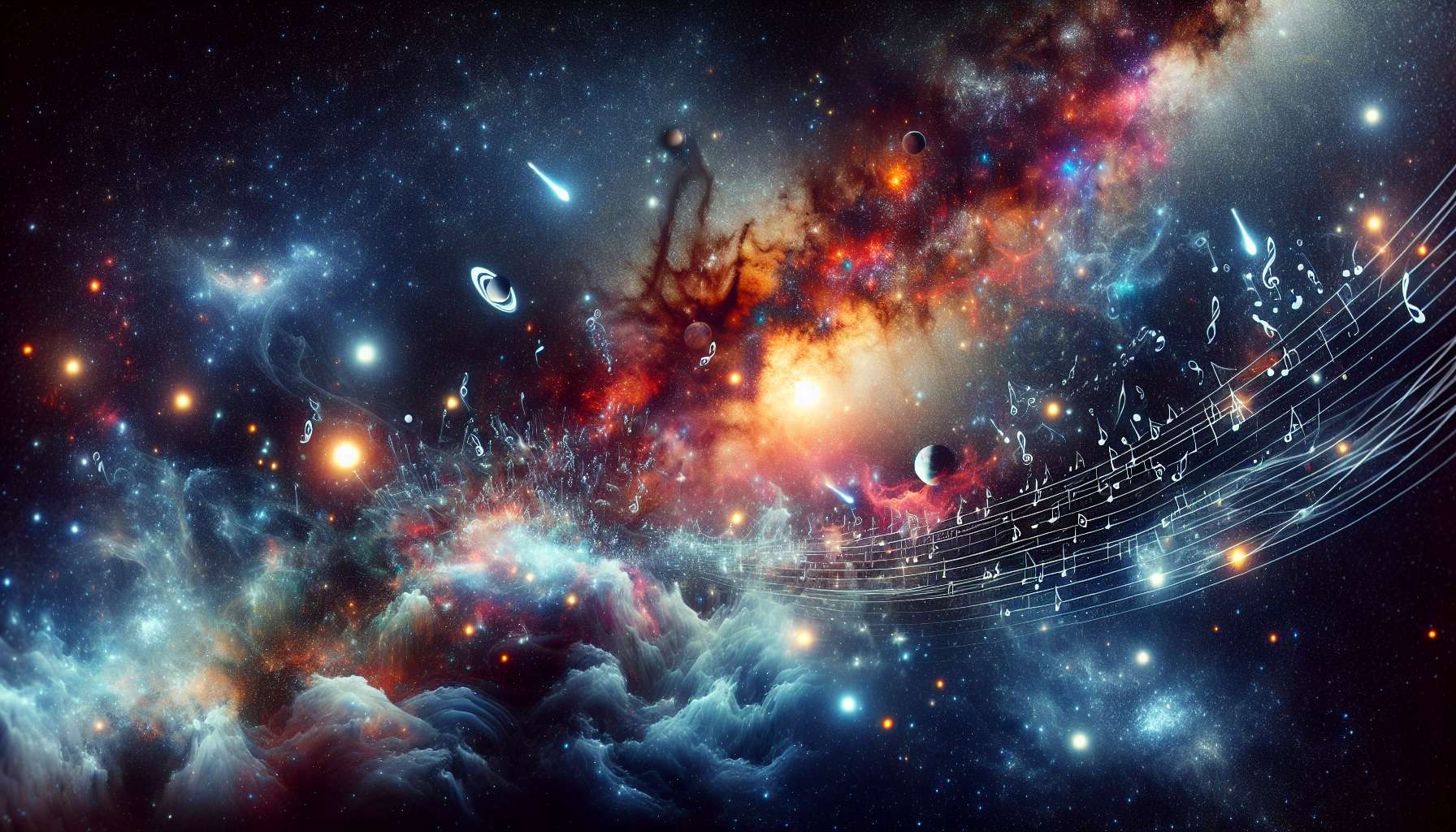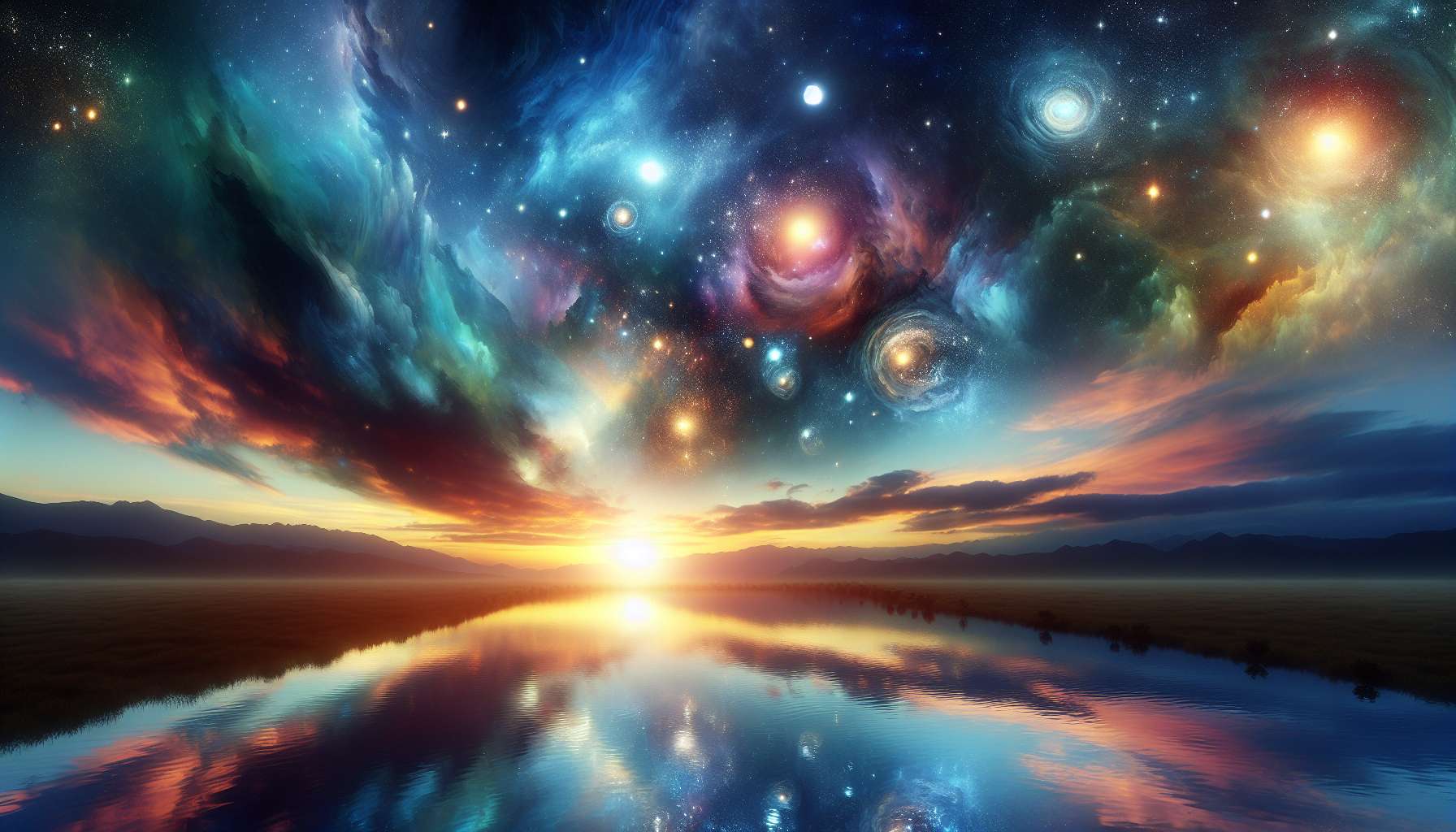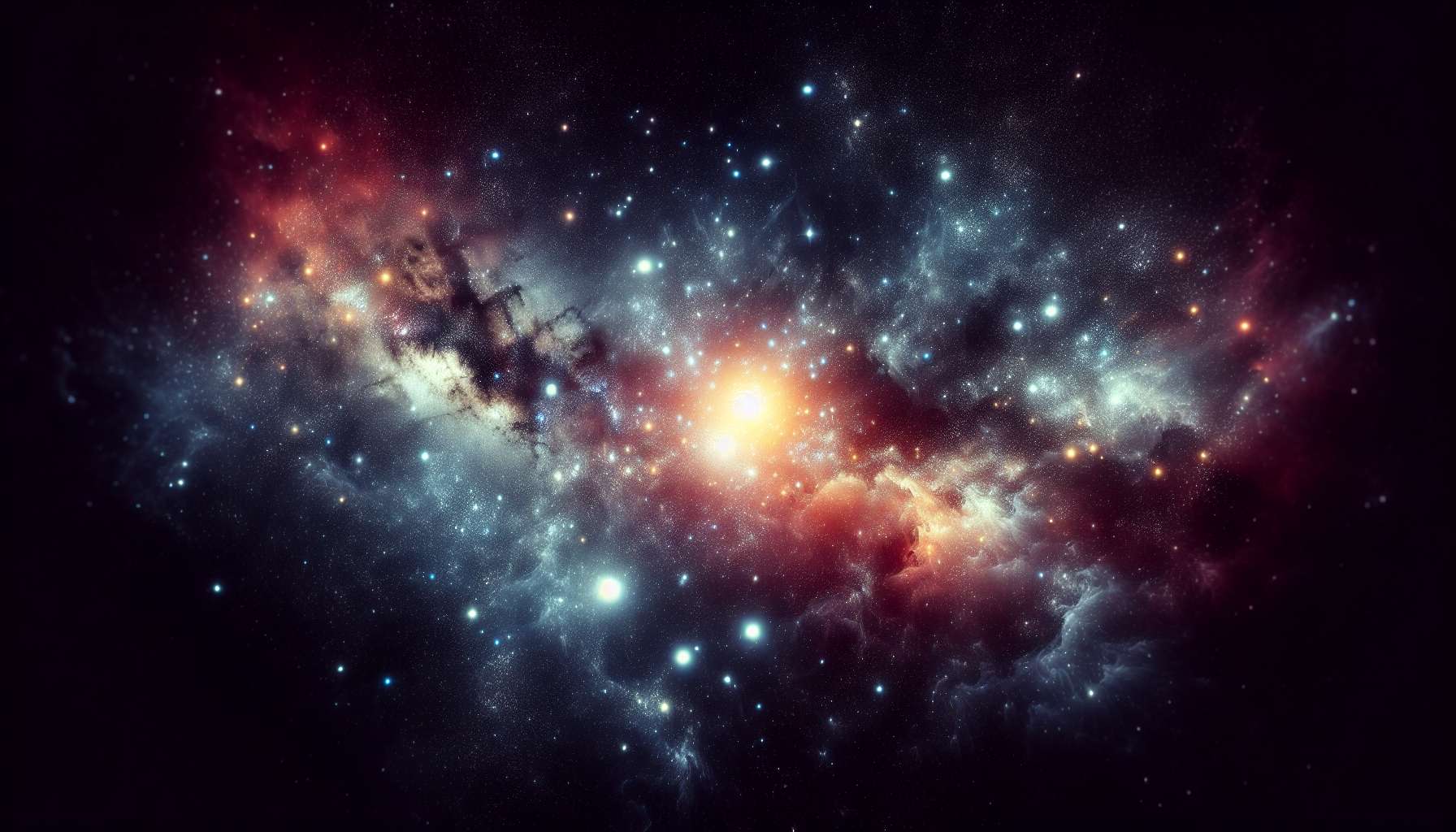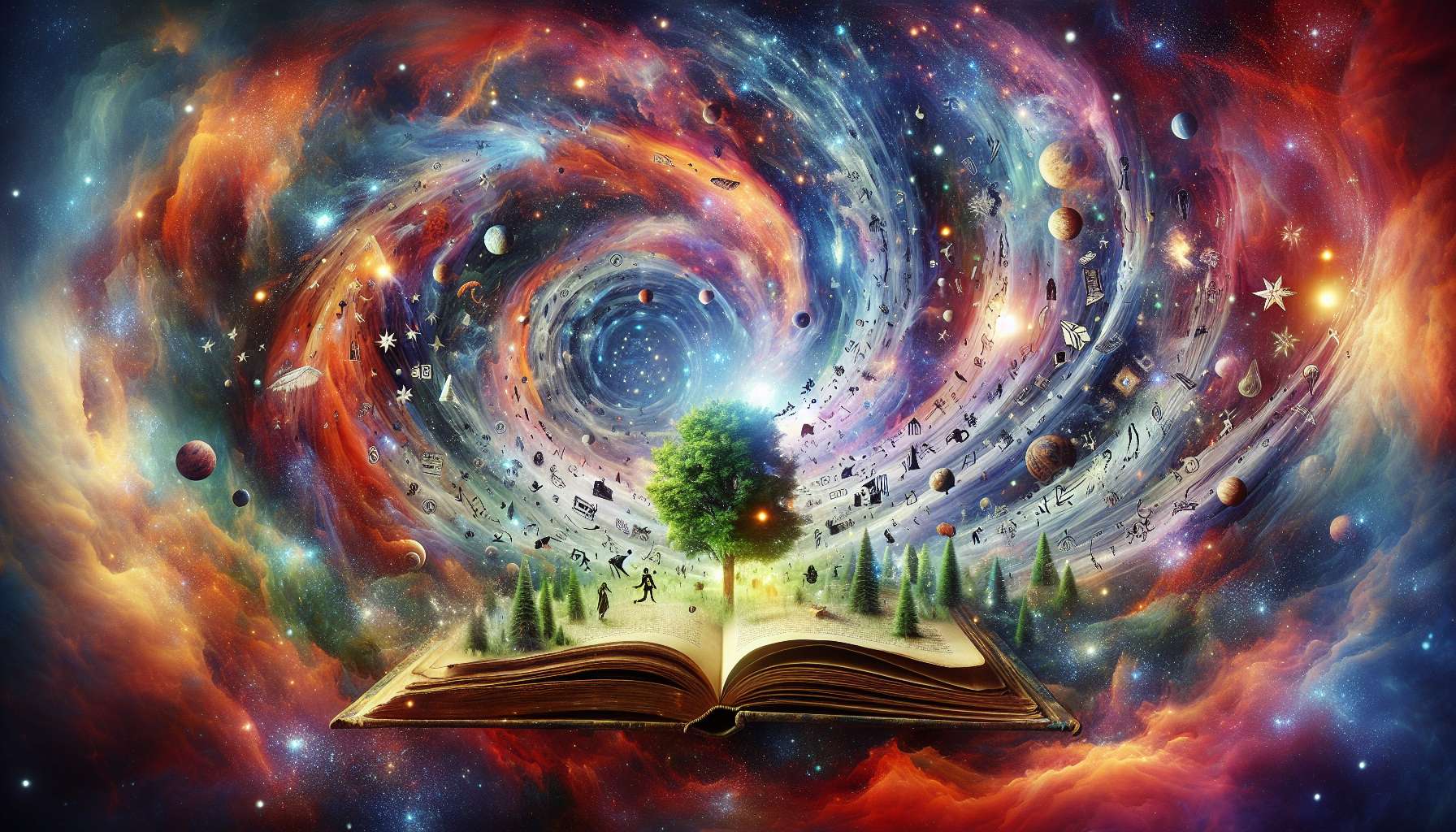Celestial Symphony Inspiration: Exploring the Harmony of the Cosmos
When we gaze up at the night sky, we are often struck by the immense beauty and wonder of the universe. The stars, planets, and galaxies seem to dance in perfect harmony, creating a celestial symphony that inspires awe and reverence. But what is it about the cosmos that captivates us so deeply? How does the beauty of the night sky influence our creativity, our emotions, and our sense of wonder? In this article, we will delve into the concept of ‘celestial symphony inspiration‘ and explore its various dimensions and implications.
The Cosmic Ballet: A Dance of Light and Sound
At the heart of ‘celestial symphony inspiration’ lies the idea that the universe is like a grand orchestra, with each celestial body playing its own unique part in the cosmic symphony. From the twinkling of distant stars to the roar of a supernova, the cosmos is filled with a cacophony of sights and sounds that have inspired artists, musicians, and writers for centuries.
One of the most iconic examples of celestial symphony inspiration is Gustav Holst’s orchestral suite, “The Planets.” Composed in the early 20th century, this work captures the essence of each planet in our solar system through music, evoking a sense of awe and wonder at the vastness of the cosmos. From the majestic “Mars, the Bringer of War” to the ethereal “Neptune, the Mystic,” Holst’s music transports listeners to the far reaches of space, where the celestial bodies dance in perfect harmony.

The Influence of the Stars: Astrology and Creativity
Astrology, the ancient practice of studying the movements of the stars and planets to predict human behavior and events, has long been a source of inspiration for artists and thinkers. The idea that our fates are written in the stars, that the positions of celestial bodies can influence our personalities and destinies, has captivated the human imagination for millennia.
Many artists and writers have drawn inspiration from astrology, incorporating its symbols and themes into their work. From Vincent van Gogh’s starry night skies to J.K. Rowling’s use of astrological symbolism in the Harry Potter series, the influence of the stars is evident in a wide range of creative endeavors. Astrology, with its rich tapestry of symbols and archetypes, provides a fertile ground for artistic exploration and expression.
Stargazing as Meditation: Finding Peace in the Cosmos
For many people, gazing up at the night sky is a form of meditation, a way to find peace and solace in the midst of a chaotic world. The vastness of the cosmos, with its billions of stars and galaxies, puts our daily worries and concerns into perspective, reminding us of the infinite possibilities that lie beyond our own small corner of the universe.
Stargazing has long been associated with spiritual practices and contemplation. In many cultures, the stars are seen as symbols of guidance and wisdom, leading us on our journey through life. By connecting with the rhythms of the cosmos, we can tap into a deeper sense of meaning and purpose, finding inspiration in the beauty and harmony of the night sky.
The Future of Celestial Symphony Inspiration: Space Exploration and Beyond
As we look to the future, the concept of ‘celestial symphony inspiration’ takes on new meaning in the age of space exploration. With missions to Mars, the Moon, and beyond, humanity is poised to embark on a new chapter in our exploration of the cosmos, seeking to unlock the mysteries of the universe and expand our understanding of the stars.
Space exploration has always been a source of inspiration for artists and dreamers, fueling our imagination with visions of distant worlds and alien civilizations. The idea of traveling to other planets, of venturing into the unknown reaches of space, has captured the human spirit and inspired countless works of science fiction and fantasy.
Expert Opinions: Perspectives on Celestial Symphony Inspiration
Renowned astrophysicist Neil deGrasse Tyson once said, “The universe is under no obligation to make sense to you.” In this statement, Tyson captures the essence of ‘celestial symphony inspiration’ the idea that the cosmos is vast, mysterious, and awe-inspiring, defying our attempts to fully comprehend its beauty and complexity.
Award-winning composer John Williams, known for his iconic film scores, has spoken about the influence of the stars on his music. Williams has often drawn inspiration from the beauty and majesty of the night sky, incorporating celestial themes and motifs into his compositions to evoke a sense of wonder and grandeur.
Conclusion: Embracing the Beauty of the Cosmos
In conclusion, ‘celestial symphony inspiration’ is a multifaceted concept that encompasses the beauty, wonder, and mystery of the universe. From the cosmic ballet of the stars to the influence of astrology on creativity, the cosmos has long served as a source of inspiration for artists, musicians, and thinkers throughout history.
As we continue to explore the depths of space and unravel the secrets of the cosmos, let us remember the profound impact that the night sky has on our imagination and creativity. By embracing the beauty of the stars and finding inspiration in the harmony of the universe, we can tap into a deeper sense of wonder and awe at the majesty of the cosmos.
So, the next time you find yourself gazing up at the night sky, take a moment to listen to the celestial symphony playing all around you. Let the beauty of the stars and planets inspire you to reach for the stars and explore the infinite possibilities that lie beyond our own small corner of the universe.




